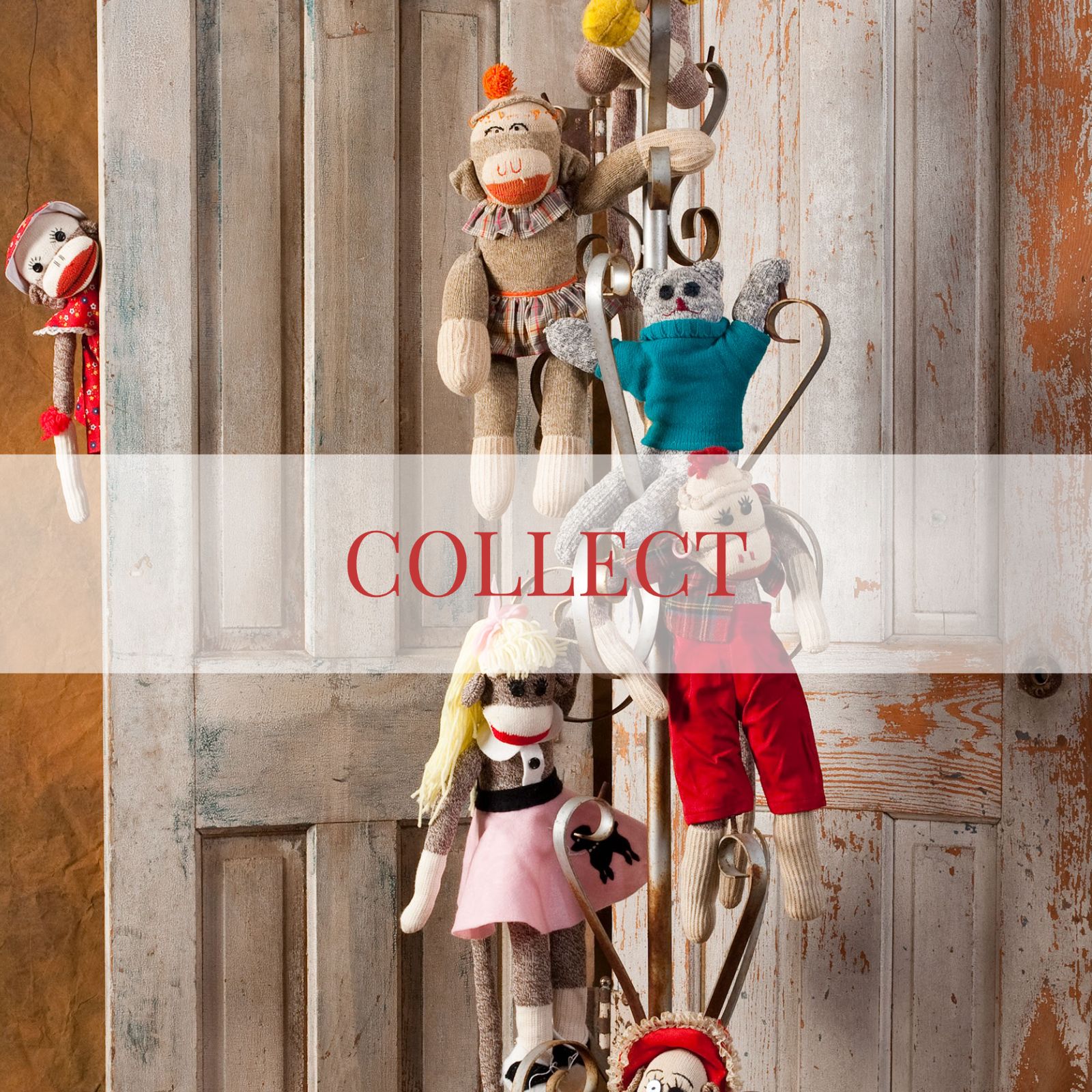
Monkey Business
From their humble beginnings as Depression-era toys to becoming a cultural icon, sock monkeys have earned their place in American history.
From their humble beginnings as Depression-era toys to becoming a cultural icon, sock monkeys have earned their place in American history.